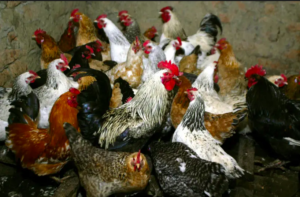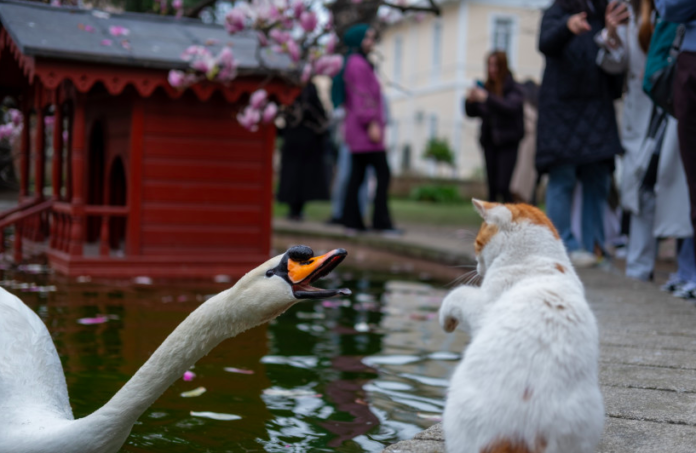Last Updated on July 16, 2023 by Fumipets
Shielding Your Feline Friends: EU Guidance for Keeping Cats Safe from Avian Influenza
EU Health Officials Advocate for Indoor Housing to Keep Cats Safe from Bird Flu
As the global avian influenza outbreak rages on, European health authorities are advising pet owners to take extra precautions. One key recommendation? Keeping cats indoors to mitigate the risk of them contracting bird flu. This guidance comes in light of multiple instances of cats and other mammals worldwide being infected with the virus.
In a statement, the European Food Safety Authority (EFSA) suggested that pet owners avoid exposing domestic cats, dogs, and other carnivore pets to dead or diseased animals, including birds. Furthermore, they stressed the importance of refraining from feeding domestic cats and dogs raw meat from wild or kept birds, particularly in areas where HPAI virus-infected animals have been reported. Additional precautionary measures include keeping dogs on leashes and restricting cats to indoor environments.
Keeping a Watchful Eye on Avian Influenza Symptoms
The EFSA also underscored the importance of educating pet owners about the symptoms of bird flu in infected pets, the protective measures that can be taken, and providing the contact details of veterinarians and other authorities dealing with bird flu in mammals.
The authority’s advisory comes in response to recent incidents of mammalian infection with avian influenza. In Poland, 24 cats and a caracal were found infected with the H5N1 subtype of the virus. Italy reported a case of a cat and five dogs infected with the virus, traced back to a poultry farm experiencing a bird flu outbreak. Bird flu outbreaks were also reported at several fur farms in Finland.
The Global Impact of Avian Influenza on Mammals
Cases of mammals being affected by avian influenza are being reported across the globe. Mass die-offs of seals and sea lions have been noted in Russia and the Americas, and several other species—including foxes, skunks, dolphins, raccoons, cats, ferrets—have been found infected. Pets, including dogs and cats in multiple countries such as the US and Canada, have not been spared from this outbreak either.
Since 2021, Europe and the Americas have been grappling with a relentless outbreak of H5N1 avian influenza. This outbreak has been described as “the largest-ever” on all three continents and has also spread to other parts of the world.
The Impact on Human Health: H5N1 Cases Detected
Human cases of H5N1 have been detected in the past two years in the UK, the US, Cambodia, Ecuador, and Chile. Recently, the UK Health Security Agency reported two additional human cases of H5N1 avian influenza among people who had direct exposure to infected birds. The health officials are currently investigating these cases to ascertain whether the individuals were actually infected or if the positive result came from environmental contamination.

WHO Warning: Virus May Adapt to Infect Humans More Easily
The World Health Organization (WHO) issued a warning recently, highlighting the rising concern that the H5N1 avian influenza virus might adapt to infect humans more easily due to the increasing detections among mammals. The WHO emphasized the potential for some mammals to serve as mixing vessels for influenza viruses, leading to the emergence of new, potentially more harmful viruses for animals and humans.
Global concern has been heightened due to the recent changes in avian influenza’s ecology and epidemiology, according to Dr. Gregorio Torres, head of the Science Department at the World Organization for Animal Health (WOAH). As the virus doesn’t currently transmit easily from person to person, vigilance is required to monitor any evolution in the virus that could change this, according to Dr. Sylvie Briand, director of Epidemic and Pandemic Preparedness and Prevention at WHO.
To protect public health, WHO is working closely with the Food and Agriculture Organization (FAO) and WOAH, and laboratory networks to monitor these viruses’ evolution and detect any signals of change that could be more dangerous to humans.
For more details, please check out the original article at Jerusalem Post.
Story Source: https://www.jpost.com/health-and-wellness/article-750205


















